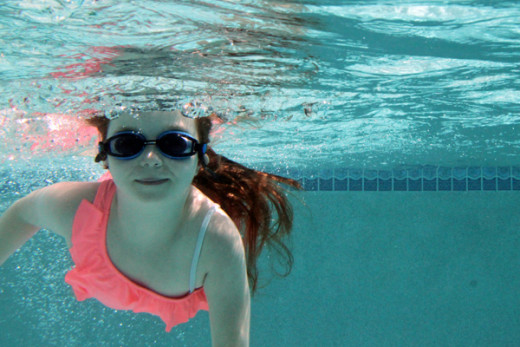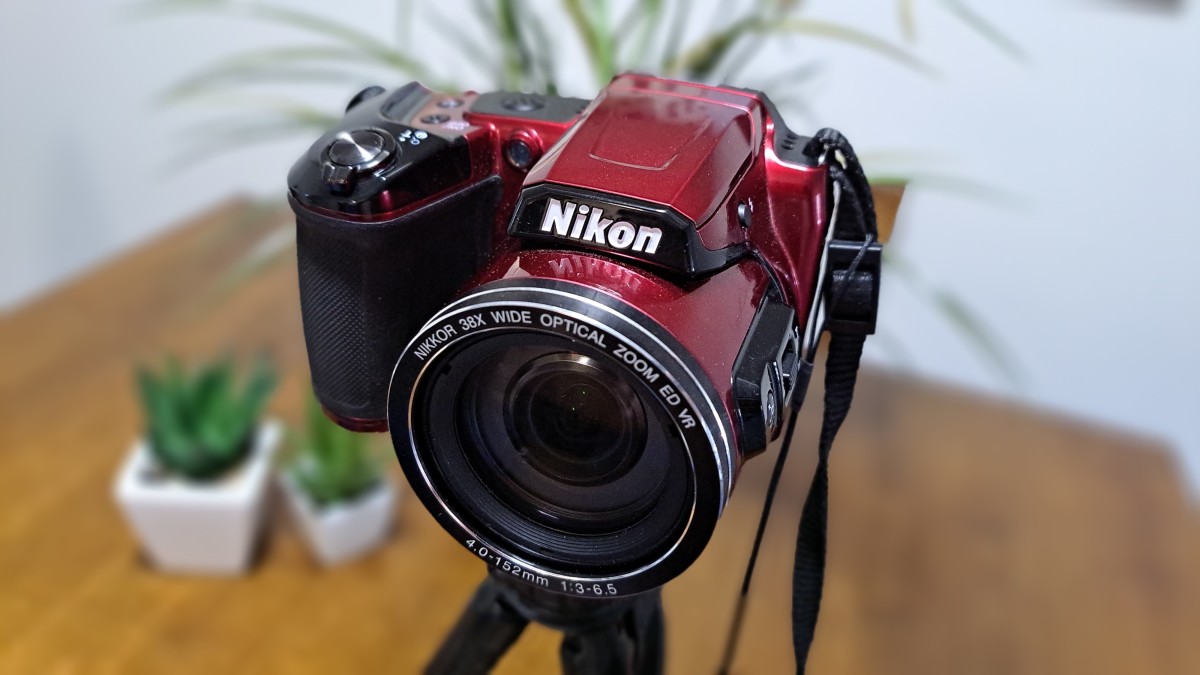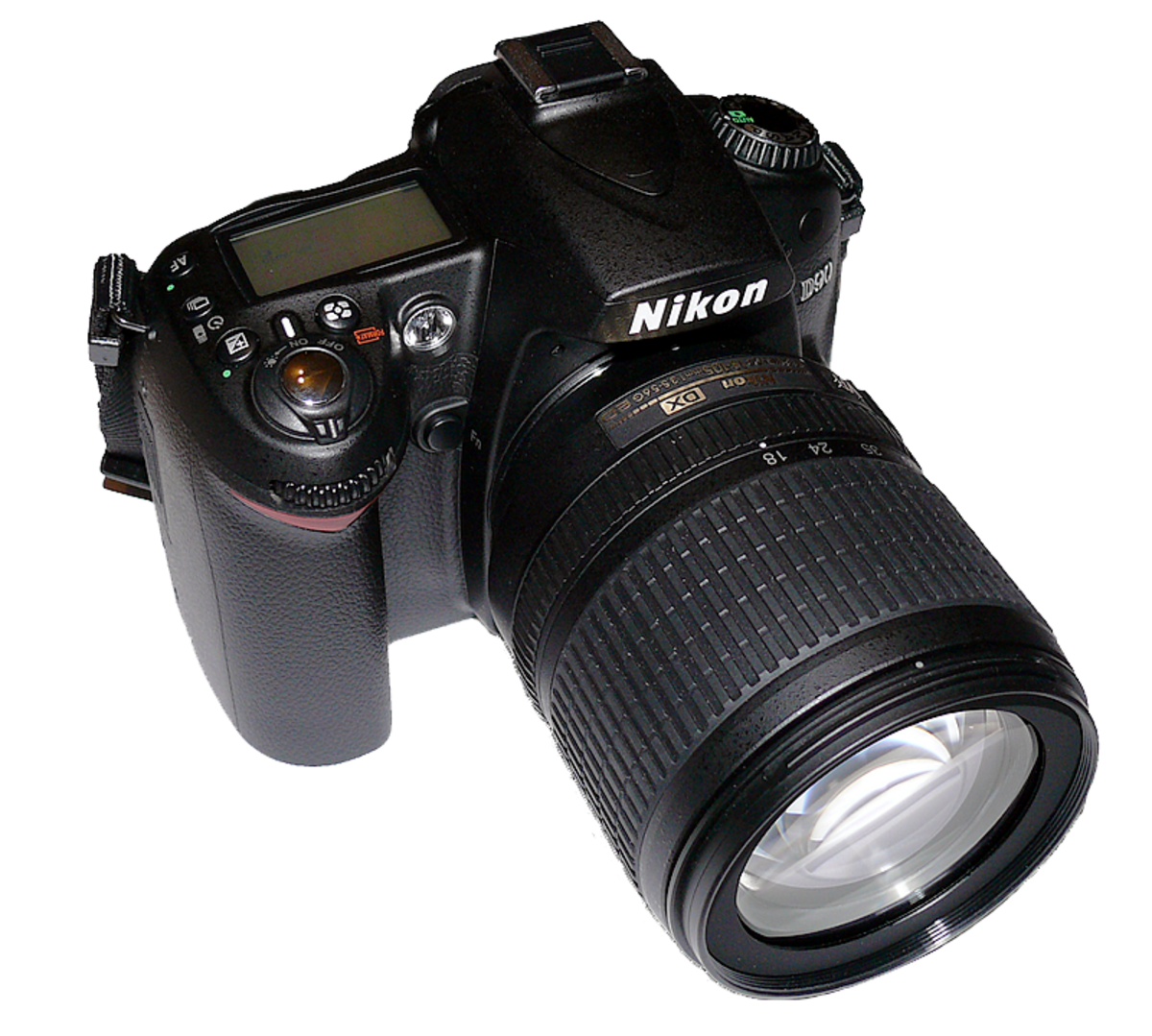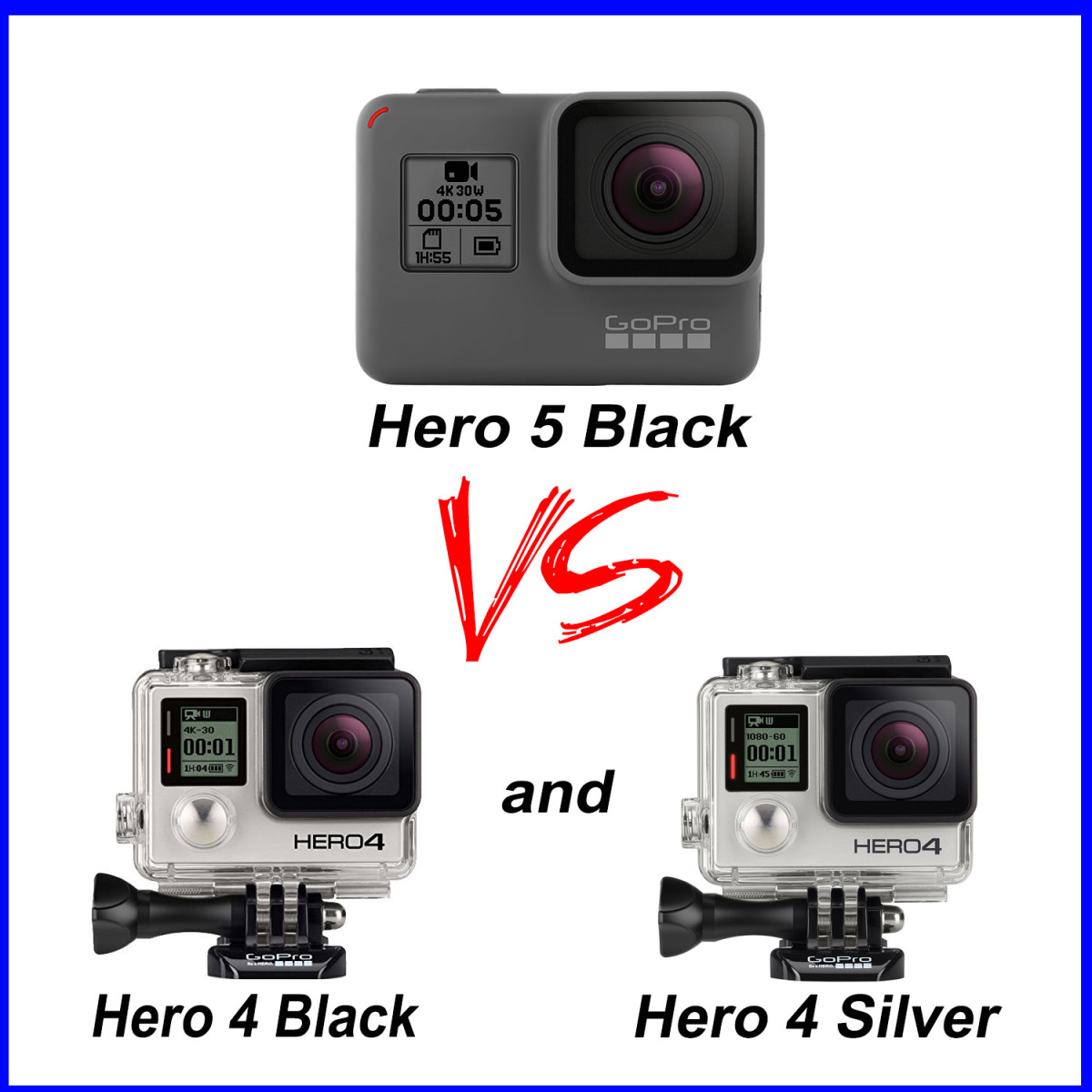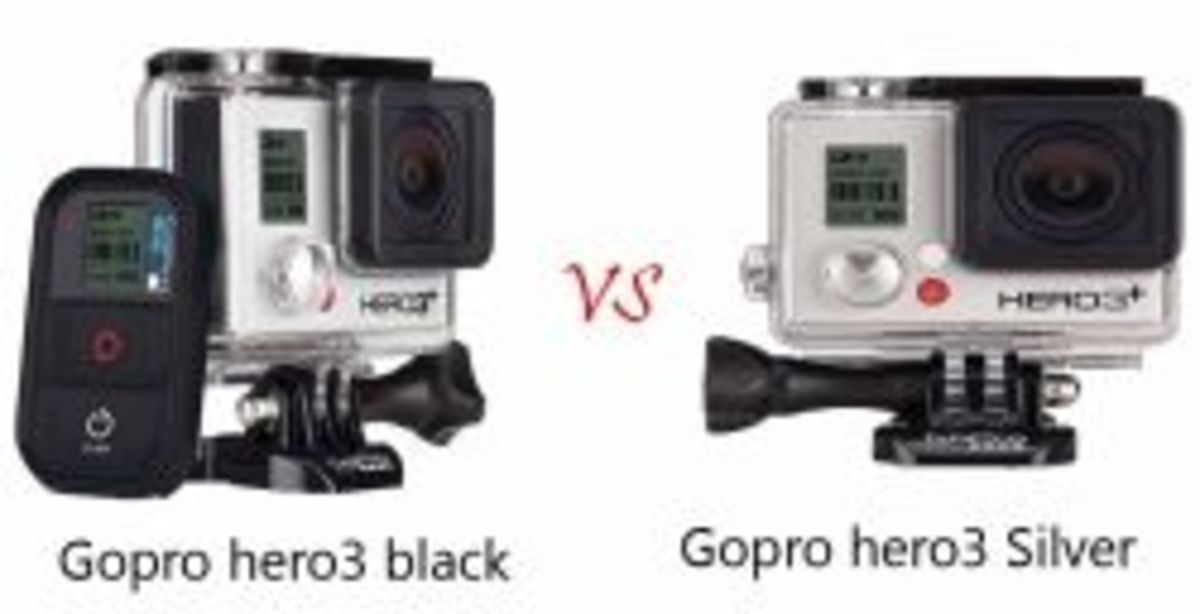- HubPages»
- Technology»
- Consumer Electronics & Personal Gadgets»
- Portable Electronics
5 Tips for Using a New Underwater Camera
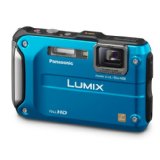
Get the Most from Your New Waterproof Camera
Not that long ago, having your camera near water was a sure recipe for disaster. But today's technology has introduced a new line of waterproof, shockproof digital cameras that are also dustproof and freezeproof. This makes them the perfect companion for your trips anywhere, from the beach to the ski slopes. If you're the proud owner of a new underwater camera, here are some tips for taking your new toy on its first underwater outing.
Preparing to Use Your New Waterproof Camera
1. Test it at home. Before you take your new underwater camera snorkeling or on a big trip where you don't want to miss any photos, be sure to give it a test run at home. Make sure you know where all the controls are and can adjust them once you're under the water. Try it in a pool, if you can. And don't forget to read the manual. You don't want to miss a great shot because you're still trying to figure out the controls. Even the best underwater camera won't take great photos if you don't know what you're doing.
2. Use the largest image setting. Most digital cameras allow you to choose a quality setting that determines how large your files will be and how many photos you can shoot on a single memory card. Choose the largest setting possible. Most of the new waterproof cameras save images as .jpg files, which will lose bits of data over time as you edit and copy the files. To make sure you get the best possible quality in your photos, choose the largest quality setting. If you can't get enough photos on your digital media card at that setting, get a larger card.
3. Select the correct mode. if your camera has an underwater mode, be sure to use that when snorkeling, swimming, diving, etc. Depending on your camera model, this mode may prevent the flash from firing (to prevent underwater particles known as backscatter from lighting up) or automatically adjust the colors to compensate for the blue hue common to underwater images.
4. Get up close and personal with your subject. Because light doesn't travel the same way through water as it does through air, your images are likely to have a bluish tint if you are far from your subject. Get as close as you can to your subject to get the best colors and try to shoot from below, so you have natural lighting from the sky above.
5. Shoot lots of photos! There's nothing worse than getting home and discovering none of the photos you took on your vacation was very good. Digital previews have taken much of the guesswork out of photography, but you'll still get the best results if you shoot a lot of photos and edit out the bad one. Don't just take one photo of a particular subject. Try to take four or five from different angles, different distances, and with different camera settings. You'll quickly learn what works best for your camera and will be able to recreate the settings on your next adventure.
And the most important rule of all - have fun with your new underwater camera!
How to Attach a Floating Camera Strap to Your Rugged Camera
More pages by lisa42
- 5 Reasons an Underwater Camera is the Best All-Around Camera
Underwater cameras aren't just great for taking photos in the water. They're also the perfect all-weather, all-around camera for everyday use. Here's why. - 3 Waterproof Shockproof Digital Cameras Worth a Look
The features you'll find in today's waterproof, shockproof digital cameras not only include the ability to be dropped or submersed in water, but also some great things you might not expect, such as built-in GPS, HD recording, 3-D images and panoramic - Why a DSLR is the Best Camera for Pictures of Kids
For parents looking to get the best photos of their children, compact point-and-shoot cameras can't live up to the job. Here's why a digital SLR is the best camera for taking photos of children. - Choose a Reconditioned Camera and Save
What's the difference between a new digital camera and a reconditioned digital camera? The price. So why spend more. Read how a refurbished camera can save you money. - Download Tagged Photos: Facebook App Makes it Easy
It's fun to see tagged photos of yourself on Facebook, but if you've ever wanted to download tagged photos, Facebook sure doesn't make it easy. Fortunately, there's a simple and free application that can help. - Digital Photography Backup is Easy, Inexpensive and ...
If you save all of your digital photos on your hard drive, make sure you're protecting them with a backup plan. Digital photography backup is easy, inexpensive and could save you a lot of time and headache.
Waterproof Cameras Are Fun!
